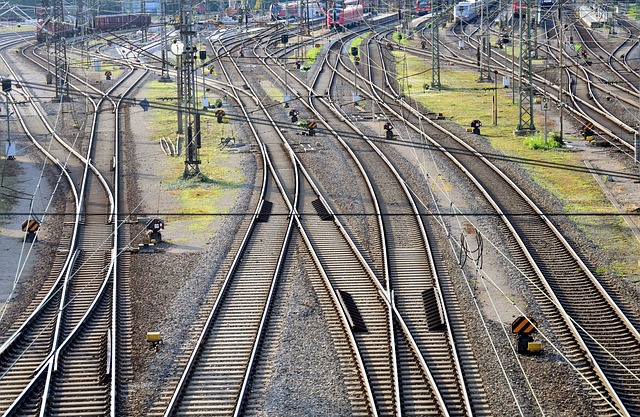Esta web utiliza cookies para que podamos ofrecerte la mejor experiencia de usuario posible. La información de las cookies se almacena en tu navegador y realiza funciones tales como reconocerte cuando vuelves a nuestra web o ayudar a nuestro equipo a comprender qué secciones de la web encuentras más interesantes y útiles.
News

Reduced government investment has resulted in aging infrastructures, with 24% having an average age of over 20 years
The fall in public investment means that capital depreciation is not covered, resulting in a 5% drop in the real value of infrastructure spending since 2012
Reduced public investment over the past decade has led to negative net investment in public capital (railways, roads, ports, airports and urban and hydraulic infrastructures), calculated by deducting the depreciation value from the total investment. Replacement investment is now insufficient and, as a consequence, infrastructures are aging, with the value of public capital stock reduced when compared with 2012. In 2016, 24.2% of public infrastructures had an average age of over 20 years, compared to 14.2% in 2007, with hydraulic, road and port infrastructures as the infrastructures most affected by aging.
The investor profile in Spain is strongly pro-cyclical, resulting in increased economic fluctuations. Public expenditure does not stabilize the economy but rather weakens it, especially in relation to spending on investments. When tax revenues fall due to a recession, governments reduce capital formation, as these are less sensitive to social undertakings. This explains the sharp drop in public investment in Spain since 2009 and why it still has not recovered. Gross investment is not enough to cover accumulated capital depreciation. Consequently, if investment rates remain at current levels, by 2030 nearly half of Spain’s public infrastructures will have an average age of over 20 years.
Private investment also dropped during the crisis, but since 2014, unlike public investment, it has shown positive growth rates of nearly 5% annually. Despite the low level of investment in recent years, Spain does not yet have a widespread problem of insufficient public or private capital as it did in the past. The level of capital accumulation in the decade after joining the European Union, enhanced by European funds, currently positions Spain as having among the highest capital endowments in the world. However, use of this accumulated capital is poor. Although it has improved in recent years, capital productivity is still lower than in other countries and has even decreased by 14% during this century.
The strong cyclical profile of investments, the aging of public infrastructures and low capital productivity are the three main problems highlighted in the BBVA Foundation and Ivie report on capital stock aging in Spain and its regions, developed by the researchers Francisco Pérez, Matilde Mas, Lorenzo Serrano and Ezequiel Uriel, in collaboration with Ivie technicians Eva Benages and Juan Carlos Robledo. The report updates the Stock and Capital Services database published annually by the BBVA Foundation and Ivie.


